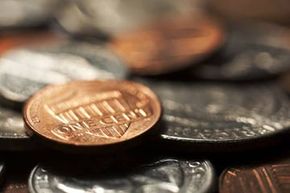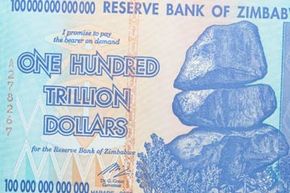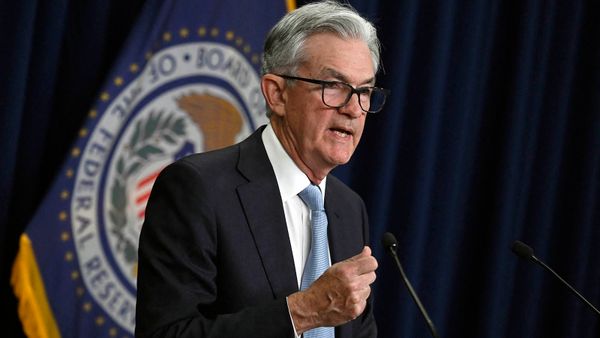Minting a $20 trillion coin with the likeness of a unicorn and a centaur to prevent the U.S. economy from bumping up against a debt ceiling seems far-fetched, right?
When Jon Stewart's "The Daily Show," known for its tongue-in-cheek commentary on political events, aired on Jan. 10, 2013, mythical creatures were the only fictional part of the equation. There was an actual debate -- stretching from the Internet to the White House -- about the virtues of minting a trillion-dollar coin to stave off the looming debt crisis in the U.S. [source: Weinger].
Advertisement
Just what is a debt ceiling, anyway, and why would the leaders of the Free World consider creating a trillion-dollar coin (of all things) to avoid one?
The debt ceiling, also referred to as the national debt limit, debuted during World War I. The idea was to allow the U.S. Department of the Treasury to borrow money to pay for Congress-approved items -- without having to ask the lawmakers' permission every time one of these purchases took place. Since the debt ceiling was introduced, Congress has voted to raise the debt limit dozens of times. However, in 2011, congressional Republicans and Democrats reached an impasse on raising the debt ceiling once again. Republicans controlled the House and Democrats controlled the Senate, and this led to a deadlock which has still not been resolved as of January 2013 [source: The New York Times].
In the next section, we'll explore where the idea to create a trillion-dollar coin generated. Although the concept gained traction on the Internet and eventually warranted serious discussion on Capitol Hill, the decision to mint such a coin was ultimately nixed by the Federal Reserve and the U.S. Treasury [source: Carter]. Even so, we can learn a lot about how money really works in the U.S. -- and what the debt ceiling could mean for the nation -- by understanding the trillion-dollar coin idea.
Advertisement



